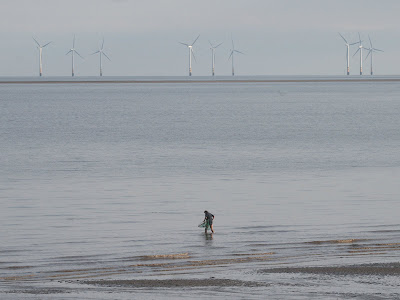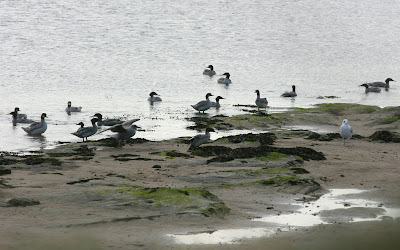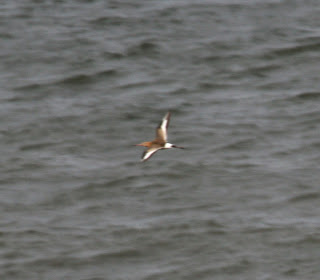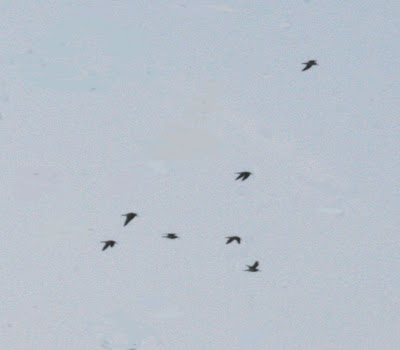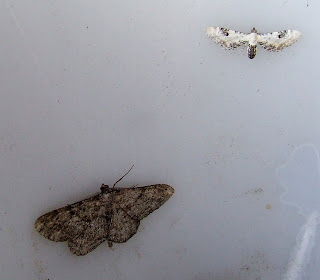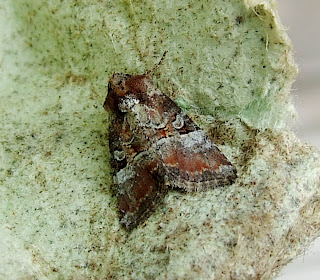The Robin passage of recent days increased today with six new birds caught and at least nine birds on. A Whitethroat was caught during the morning but other warblers evaded capture until the afternoon when a retrap Willow Wabler and a new Chiffchaff were caught.
Two more Sparrowhawks flew through mid morning and went well off east when attention turned to other matters with seal pup present near 'Shell Bay' (see right).
A drake Tufted Duck and the first Pintail of the autumn (two) provided the wildfowl interest and a superb summer plumaged Red-throated Diver drifted on the tide but little else in the way of sea-birds was noted.
Many hundreds of Dunlin and Ringed Plover (below) flocked on the exposed rocks at high tide.
Ten birds caught today included six Robins, Mipit, Whitethroat, Chiffchaff and a Pied Wagtail. Another beautiful evening on the island with sunset, rainbow effects and incredible cloud formations...
[BSB, DB, CJ, KMc, NDW, SRW et al] [420] Photos SRW



